Gold prices soar Rs1,700/tola
Reach Rs303,200; rupee weakens six paisa against US dollar to stand at 279.67/$
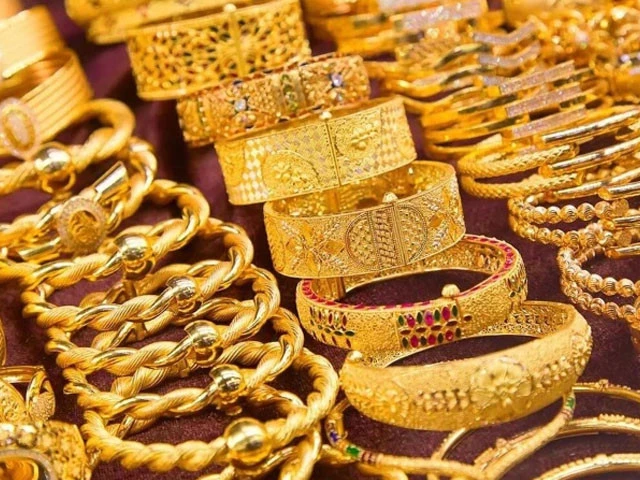
Gold prices rose on Monday, following an increase in international markets. In the local market, the price of gold per tola went up Rs1,700 to Rs303,200. Similarly, the price of 10-gram gold increased Rs1,458 to Rs259,945, according to the All Pakistan Sarafa Gems and Jewellers Association (APSGJA).
The rise comes after a notable decline on Saturday, when gold dropped Rs4,700 to Rs301,500 per tola.
In the global market, gold prices climbed. APSGJA reported that the international gold rate reached $2,900 per ounce (including a $20 premium), marking a $17 increase in a single day.
The surge was primarily driven by the global economic uncertainty and shifting investor sentiment. According to APSGJA President Mohammad Qasim Shikarpuri, market fluctuations are heavily influenced by geopolitical tensions and economic policies. "Trump's threats are leading the market into a state of fear."
He noted that frequent policy changes, especially in tariff regulations, led investors worldwide to shift their investment to gold as they viewed it as a stable store of value.
China's increasing demand for gold, particularly its interest in non-dollar transactions, also contributed to the rising prices. Furthermore, political uncertainty, such as developments in Gaza and other international issues, continued to fuel market volatility.
Shikarpuri emphasised that gold prices were expected to remain high as long as economic and geopolitical instability persisted. However, if global policy directions became more stable and positive, gold prices could register a correction.
Locally, soaring gold prices have made it difficult for the general public to purchase the metal, with investment activity dominating the market. In Pakistan and globally, investors are turning to gold as a hedge against inflation and economic downturn, given its liquidity and reliability.
For now, gold remains the preferred asset for investors seeking financial security amid economic turmoil. "However, a massive correction is long overdue," he said, adding that future price trends would depend on international economic policies and geopolitical developments.
Meanwhile, the Pakistani rupee weakened 0.16% against the US dollar in the inter-bank market. By the end of Monday's trading, the rupee stood at 279.67, marking a depreciation of six paisa against the dollar.
In the previous week, the rupee had also lost value, falling 16 paisa, or 0.06%, in the inter-bank market. It had closed at 279.21 compared to 279.05 a week earlier, according to the State Bank of Pakistan.
On the global front, the Japanese yen strengthened, supported by better-than-expected GDP data.

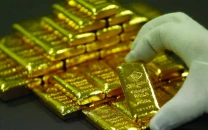
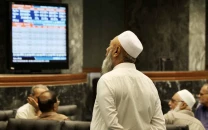
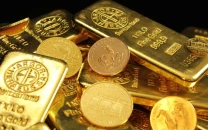
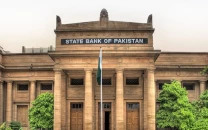
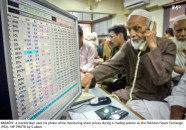
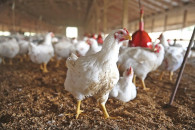

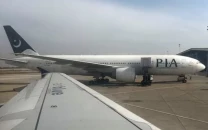
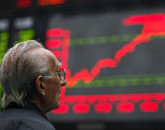









COMMENTS
Comments are moderated and generally will be posted if they are on-topic and not abusive.
For more information, please see our Comments FAQ